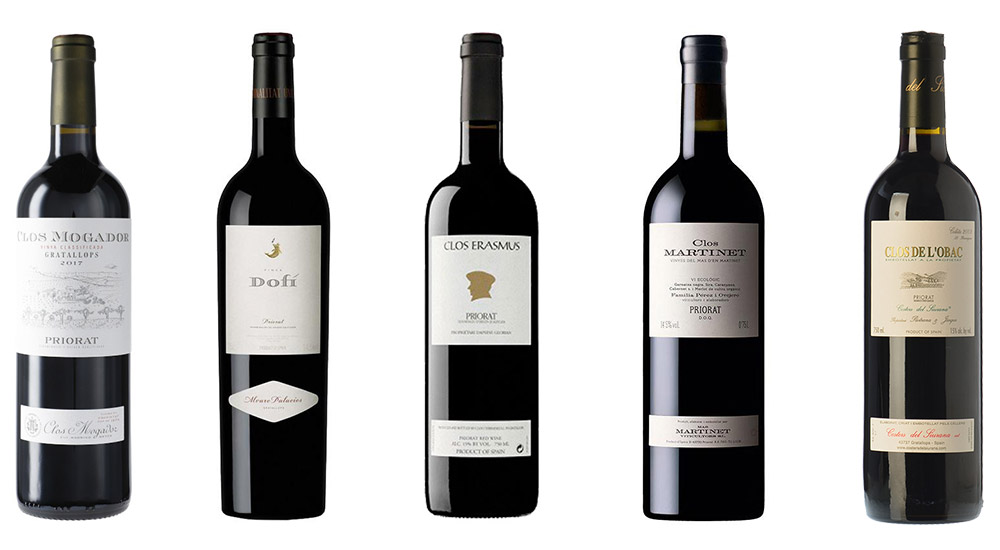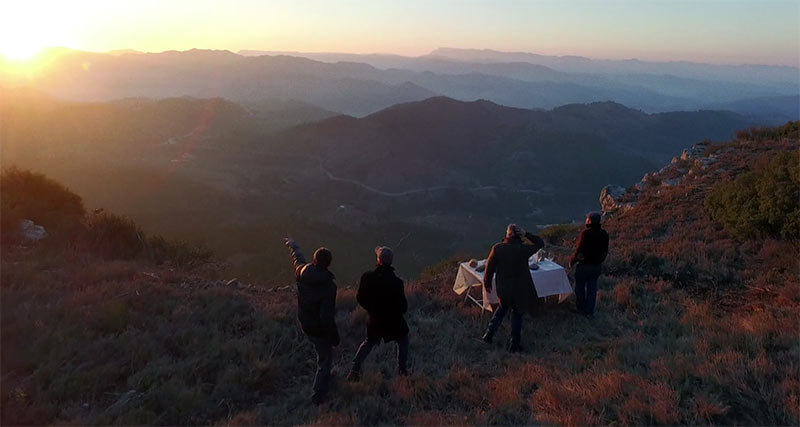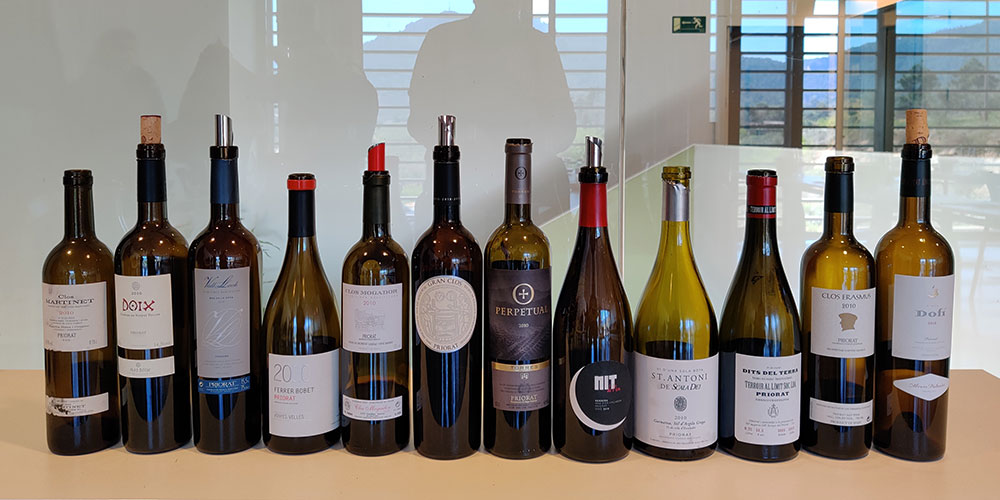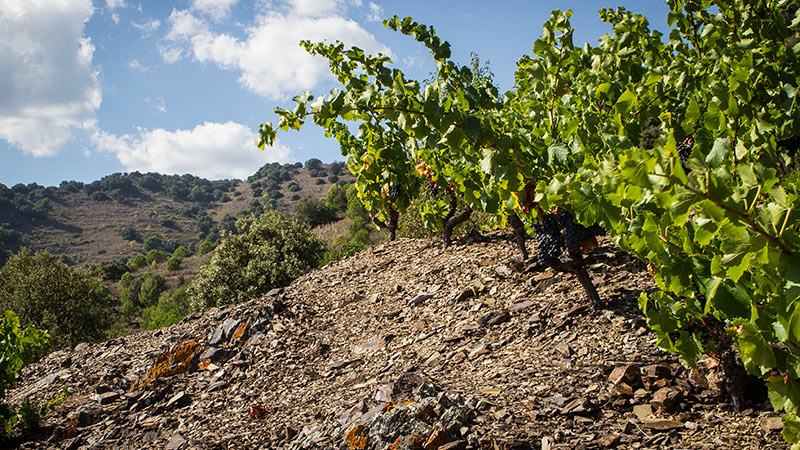When we started researching the first edition of our Priorat book two years ago, one of the big goals was to unravel all the various versions of history that are known to crisscross DOQ Priorat. Sometimes a version is told to bolster a reputation, other times it’s just remembered poorly, and other times it’s told to maliciously discredit another. History, much like beauty, is quite subjective but if you toss all of the known versions in to a pot and simmer them for awhile, you eventually come to what seems to be a cohesive story and the generally agreed upon actual history.
It’s important to mention all of this because the history that is oft repeated is the one of René Barbier III arriving in 1979 and 10 years later leading a band of rebellious young winemakers to release the famous Priorat wines that we all know today. This is overall true, but in a selective nature. They were brought there due to what Scala Dei was doing starting in 1974 in that they were making truly wonderful wines that were attracting the attention of people with a good eye like René. But that’s just one part of the larger story.
Most people think that there were only five protagonists in this initial adventure: Clos Mogador (René Barbier), Clos Martinet (Josep Lluís Pérez), Clos Dofí (Álvaro Palacios), Clos Erasmus (Daphne Glorian), and Clos de l’Obac (Carles Pastrana & Mariona Jarqué). These are the five who stayed and continue today, but as an article on Vins i Olis points out with a new project, there were actually 10 and the wineries of Clos Setién (Fernando García), Clos Basté Krüg (Toni Basté), Clos Ballesteros Jové (Antonio Rosario), Clos Garsed (Adrian Garsed), and Clos dels Llops (Luc Van Iseghem) are rarely if ever mentioned.
It’s forgivable if people refer to only the five that are still actively producing wine. We did this in our book actually, referring to them as the “Big Five” despite the fact we had heard rumblings that there were a number of “fifth Beatles” floating around. But beyond this simplification, it’s also the fact that this Rubicon vintage of 1989, despite having 10 different “Clos” names was actually the same wine. Also, we’ve heard various accounts that while it garnered a lot of attention, it actually wasn’t that good (note that we’ve yet to taste it, so take that with a grain of salt.) Some of this may be in hindsight because if you compare most any wine from 25 years ago to the masterful wines that are coming out of the “Big Five” these days it would most likely come up short. But as this Vins i Olis article mentions, it is true that despite being a “Priorat wine”, these were not “DOQ certified wines” because they only hit 12.5% alcohol and the DOQ minimum for red wine is 13.5%. An amusing side note, they were a veritable bargain at what was then, 9€ a bottle.
It’s important to bring light to all of this as we intend to incorporate an updated history (set in stone, it is never) in the book and to mention the El Projecte “Closos” which was created by Jesús Viñuales and Jonatan Rizo who have worked for the last four years to assemble a collection of all the bottles from this first Clos vintage. It’s most definitely a worthy project to have completed in this, the 60th anniversary of the creation of the DO Priorat, the 40th anniversary since Scala Dei restarted, the 25th anniversary since the “Big Ten” vintage, and the 5th anniversary of Catalonia’s loving overlord, Spain finally admitting to how wickedly fantastic Priorat wines are and granting the “Q” certification that is only held by Priorat and La Rioja. Yes, you can and should raise a glass to that.



